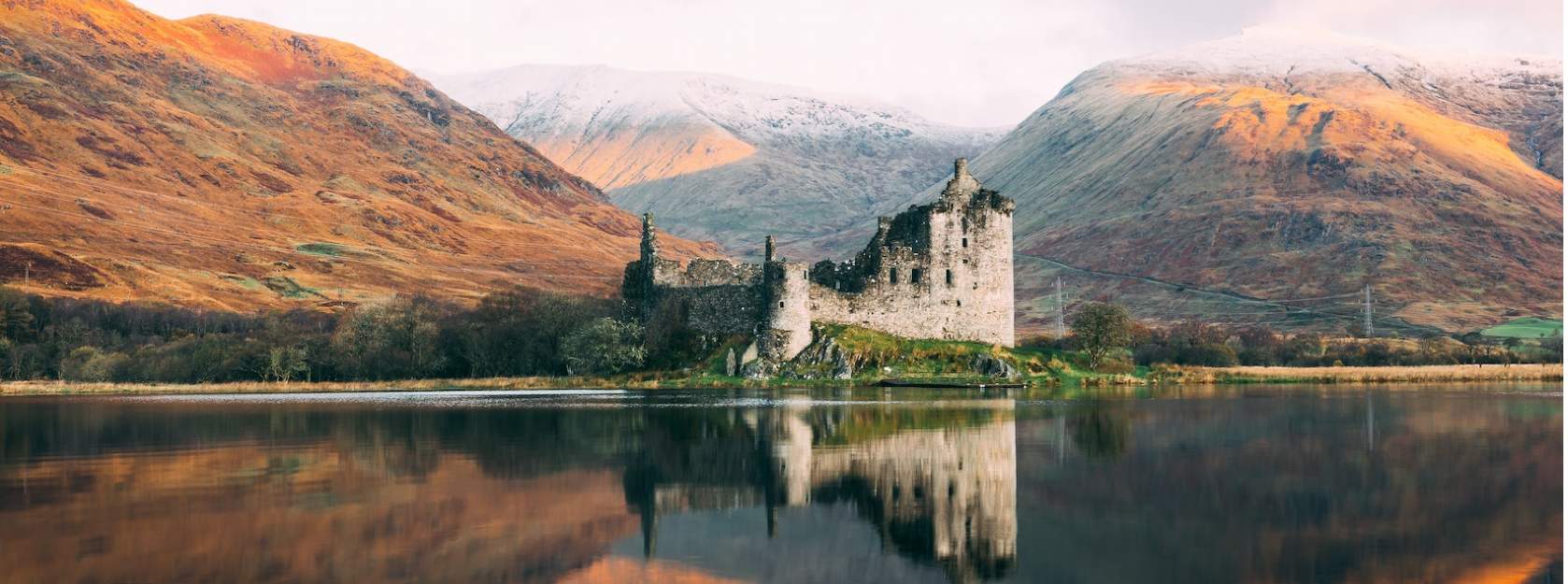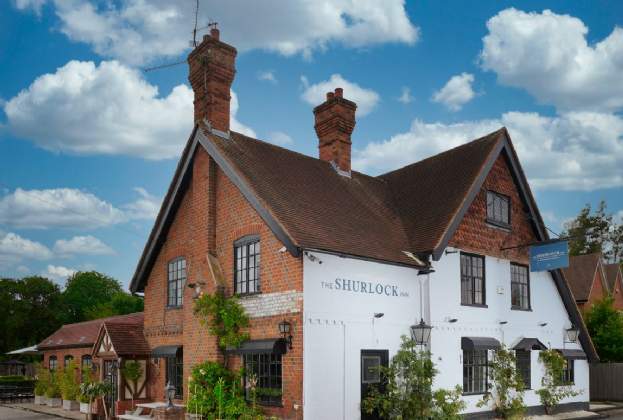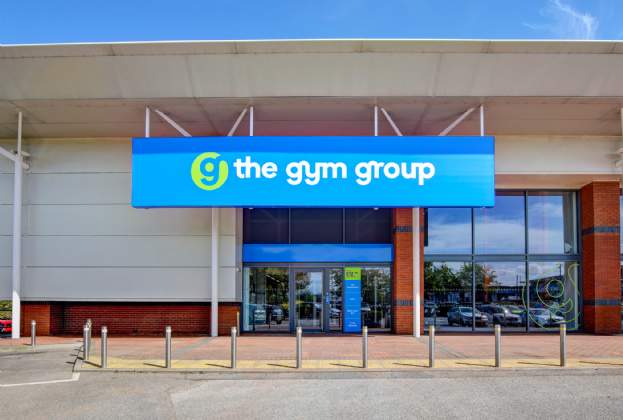Traditionally, many visitor attractions and historic houses close for the winter, reopening their doors the following Easter. This period is normally the ideal time for maintenance, reviewing the season’s performance and developing the marketing plan for the coming year.
This winter, these preparations have never been more important. With much ongoing uncertainty and changing restrictions, now more than ever this is the time to ensure your offer is safe, attractive and engaging. This should include reviewing your customer base, working out what motivates your visitors and how their interests are changing.
Disinfect the attraction, not the experience
Use this time to review the changes you made earlier in the year to become Covid-19 safe. It's likely your key priority – as it should have been – was the safety of you, your team and your visitors. But what we do in a crisis generally isn’t the same as when we have the luxury of time.
Review the measures you’ve implemented this year, and while ensuring safety remains your top priority, put yourself in your customers’ shoes and view the experience from their perspective. If you have been overly liberal with the black and yellow safety tape, consider alternative options that allow a more welcoming environment. Ensure that you are disinfecting the attraction, not the experience.
Know your audience
In the absence of international visitors and with older people being advised not to travel, your audience is likely to be changing. Use this time to understand your new market, considering their preferences and interests.
A changing audience will have different expectations, bringing opportunities to pivot your offer and gain new revenue streams. Research by Harris Poll shows that 78 per cent of millennials would now rather spend money on experiences than things. Consequently, attractions are seeing a big increase in young, domestic audiences – as a general trend more people now visit heritage properties in the UK every weekend than attend football matches.
Even before Covid-19, research showed that rural attractions were faring better than their city centre competitors – in light of increased wellbeing awareness, this is a trend that is set to continue for years to come.
Review your offer
As well as having a different audience, visitor attractions are also experiencing longer dwell times – the restrictions on numbers have allowed for a new, more relaxed experience which visitors are welcoming. Consider how you can capitalise on this. Instead of the traditional tea-and-scone offering, should you now be tapping into the hugely popular brunch market?
Recent research from across the UK suggests that the biggest trend in tourism over the next 10 years will be sustainability. Driven by the increasing desire for trips to have meaning and impact, we are going to experience a shift towards ‘transformational tourism.’ This is the movement amongst consumers to travel with purpose and cause, maximising their time, giving something back to the destination and consciously off-setting the impact of their travel.
Destinations that can demonstrate their green credentials are increasing in popularity. Opportunities for visitors to contribute to projects that preserve the culture or environment will be key attractions. Instead of simply offering a guided tour, consider how you can safely offer workshops and personalised experiential activities.
In response to over-tourism and in light of current restrictions, millennial travellers in particular are increasingly looking at alternative destinations and different times of the year to travel. This creates opportunities for destinations to use targeted campaigns and incentives to promote themselves outside seasonal travel times and beyond traditional tourism hotspots.
Engage and retain
Once you’ve reviewed who your new audience could be and realigned your offer to create relevant and unique points of interest, use this time to engage, retain and grow your customer base. This may involve upgrading your website, then driving traffic to it through engaging social media activity.
While the doors of your attraction are closed, your marketing needs to be active. Proactively engage with your audience, ensuring your brand remains current and visible. Use this time wisely and you can grow your following rather than lose it.
Further information
Contact Savills Tourism, Leisure & Events




.jpg)


.jpg)


.jpg)